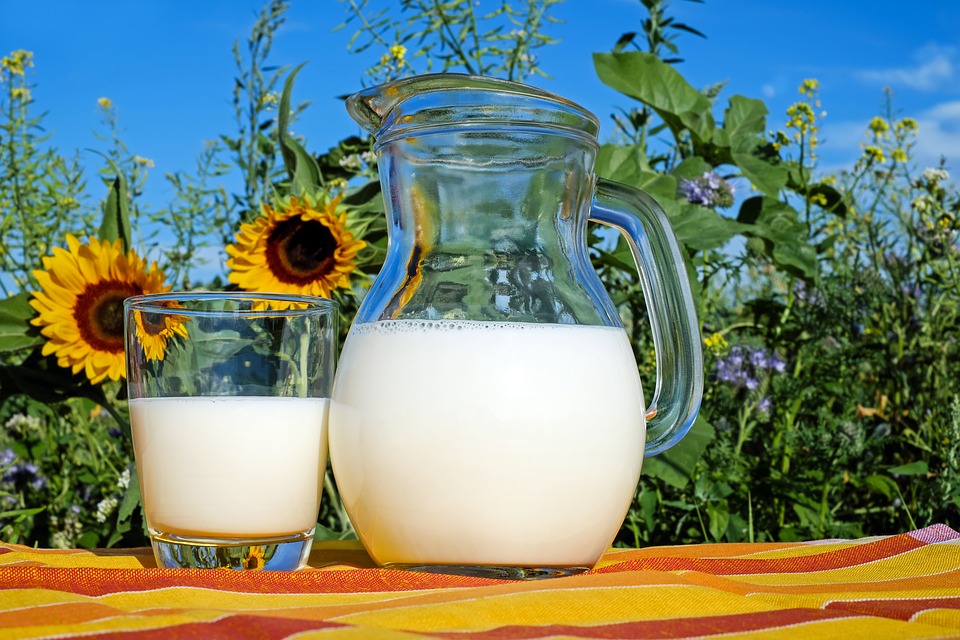LED lighting installed on supermarket shelves is killing the reducing key nutrients in milk and shortening its shelf life, according to a new report by researchers from Newcastle University.
The report, titled “Milk: Light exposure and depletion of key nutrients,” shows that high-intensity lighting, such as that found in supermarket dairy cabinets, damages nutrition value of milk by degrading essential nutrients such as Vitamin A, Vitamin B2 (riboflavin) and Vitamin D.
Researchers found that milk begins to lose vitamin A after two hours of exposure to LED lighting and has half the amount expected after 16 hours. The report also shows that riboflavin can decrease by 28% after just 20 minutes of indoor light exposure. With around half of all milk remaining on display for at least 8 hours, a significant proportion of milk on retail shelves is at risk of light damage if it does not have any form of light-protected packaging.

(Image: Pixabay)
Dr Catherine Birch, Newcastle University, School of Natural and Environmental Sciences, said, “While milk is just one component of a healthy diet, it is an important one, providing people with many essential nutrients including vitamins, protein and minerals. Many people do not realize that exposure of milk to indoor light can have a detrimental effect. The damaging effects of light can be influenced by the light intensity and time of exposure, so longer exposure to light causes milk to deteriorate faster.”
The report notes there are solutions to this issue including packaging which is designed to be light-protected as technology is available to design containers that reduce or prevent light damage. Laboratory testing on milk found that while the light-protected milk retained almost all Vitamin B2 and lost only 16% of Vitamin A while non-light-protected milk lost all Vitamin B2 and 93% of Vitamin A.





 CN
TW
EN
CN
TW
EN






